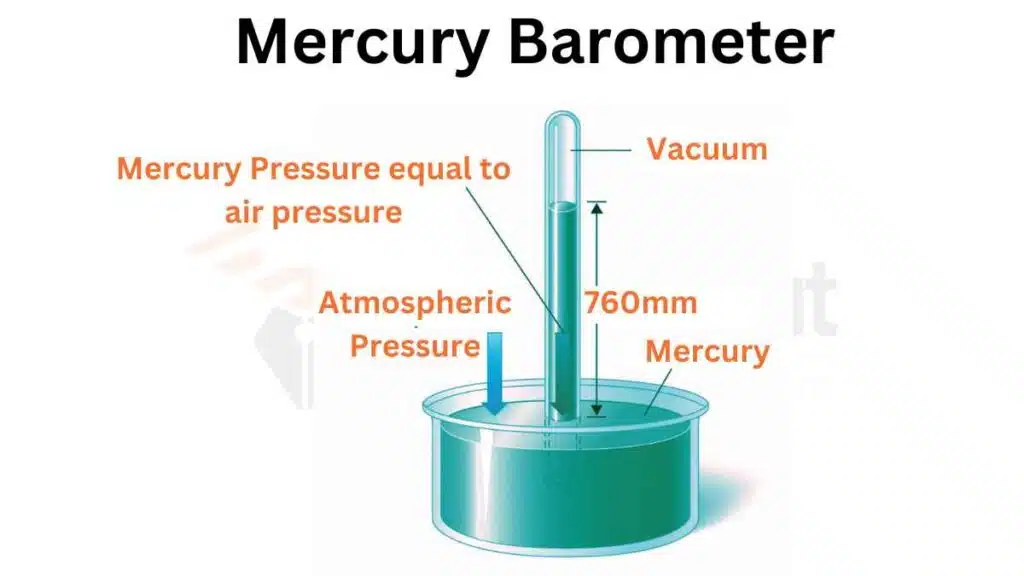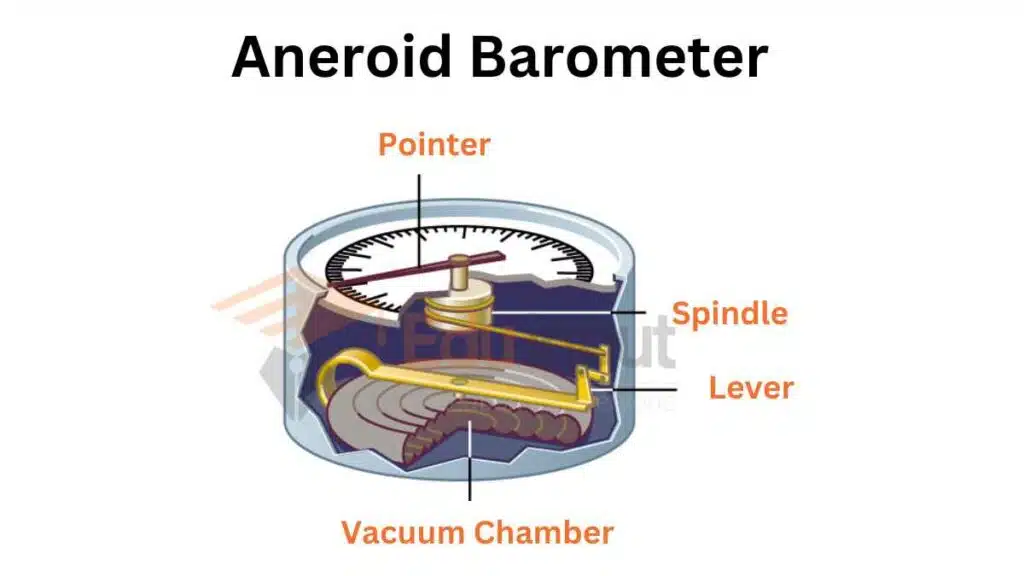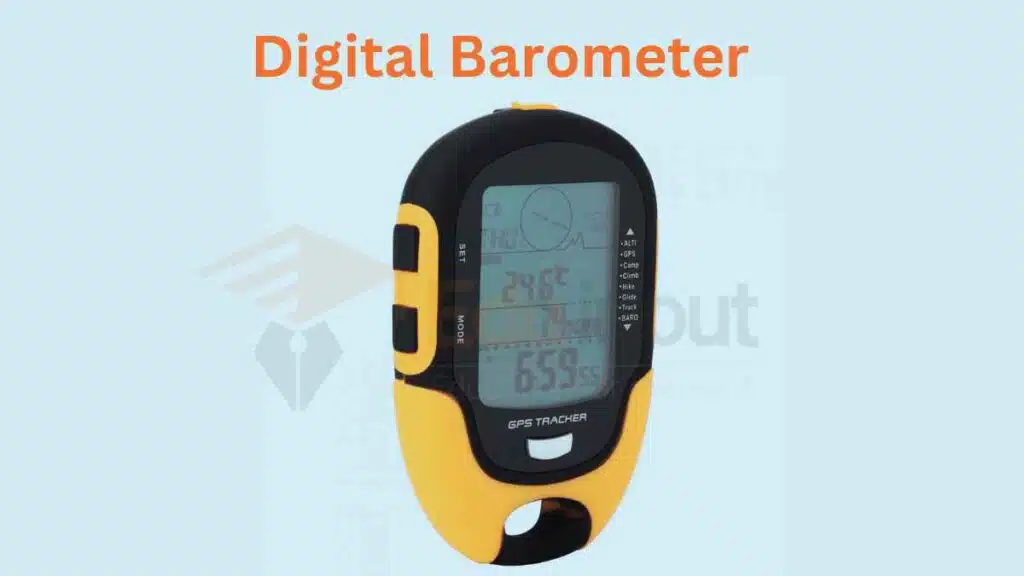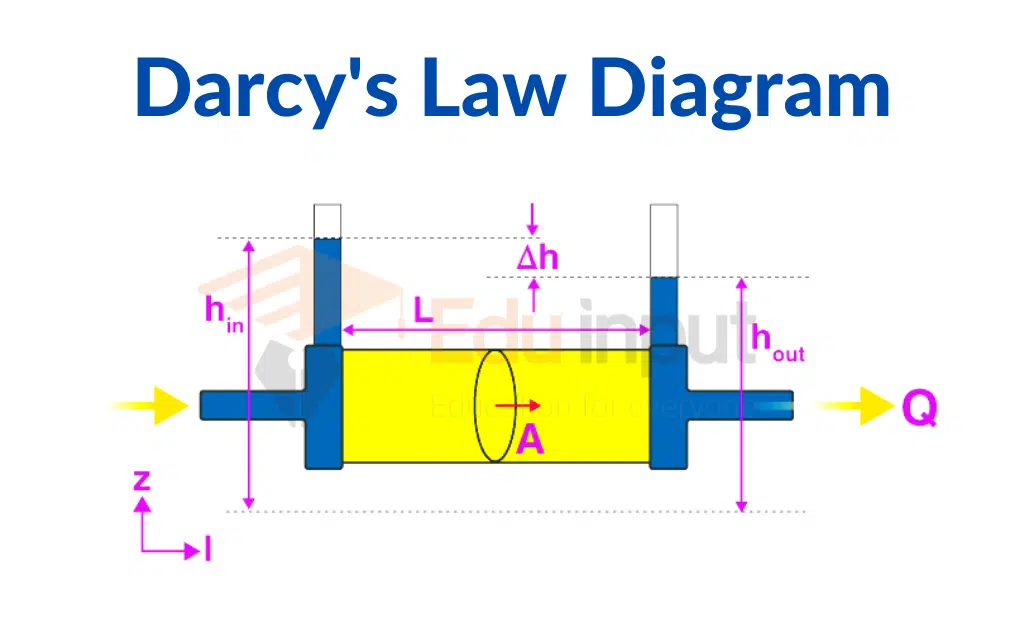Barometer-Definition, Working, And Types
A barometer is a fascinating scientific instrument used to measure atmospheric pressure. It is often referred to as barometric pressure. Barometers provide valuable insights into the dynamic nature of our atmospheric conditions with their ability to gauge this pressure.
What is a Barometer?
A barometer is a device designed to measure atmospheric pressure. Evangelista Torricelli invented the barometer. Barometers have been used for centuries as instruments to measure atmospheric pressure. They have played a pivotal role in understanding weather patterns, predicting storms, and even determining altitudes.
It consists of a sealed chamber containing a liquid or gas that responds to changes in pressure. As the pressure around the chamber varies, the liquid or gas level within the device changes, providing a reading that can be interpreted and used for various purposes.
How Does a Barometer Work?
A barometer operates on the principle that atmospheric pressure changes with weather conditions. High-pressure systems are associated with fair weather, while low-pressure systems are linked to stormy or rainy conditions. By measuring the pressure, a barometer provides insights into the current and upcoming weather patterns.
Atmospheric pressure is the force exerted by the weight of air molecules above a given point. As air masses move and interact, the pressure changes. A rising barometer reading indicates increasing pressure and suggests stable weather, while a falling reading suggests decreasing pressure and potential weather changes.
Types of Barometers
These are the main types of barometers.
Mercury Barometer
One of the most traditional and accurate types of barometers is the mercury barometer. It utilizes a glass tube filled with mercury, inverted into a dish of mercury.

The weight of the mercury creates a vacuum at the top of the tube, and as atmospheric pressure changes, it causes the mercury level to rise or fall, indicating the pressure variations.
Aneroid Barometer
An aneroid barometer is a more compact and portable alternative to the mercury barometer. It consists of a sealed, flexible metal chamber that expands or contracts with changes in atmospheric pressure. This expansion or contraction is mechanically translated into a dial reading, providing the pressure measurement.

Digital Barometer
In the modern era, digital barometers have gained popularity. They use electronic sensors to measure atmospheric pressure and display the reading on a digital screen. Digital barometers offer convenience and accuracy, often incorporating additional features such as weather trend indicators and altitude measurements.

Importance of Barometers
Barometers serve several essential purposes across various fields and industries. Let’s explore some of the key areas where barometers find application:
Barometers for Weather Forecasting
Weather forecasting heavily relies on barometric measurements. Barometers help meteorologists monitor changes in atmospheric pressure, which can indicate the arrival of weather systems. A sudden drop in pressure may signify an approaching storm, while a steady rise indicates stable weather conditions.
Barometers for Altitude Measurement
Barometers are instrumental in determining altitude, especially in areas where traditional altimeters may be unavailable or unreliable. By analyzing the pressure changes with altitude, barometers enable hikers, climbers, and pilots to estimate their elevation accurately.
Barometers in Aviation
In aviation, barometers are crucial for calculating altitude, setting flight levels, and ensuring aircraft safety. Pilots rely on accurate barometric readings to maintain the desired altitude and navigate through different air pressure zones.
Barometers in Marine Navigation
Barometers play a vital role in marine navigation, aiding sailors in predicting storms, identifying changing weather patterns, and maintaining safe sailing conditions. Understanding the barometric trends can help sailors make informed decisions while out at sea.
Barometers in Home and Garden
Barometers also have practical applications in homes and gardens. They can help individuals monitor and adjust indoor humidity levels, anticipate changes in weather for outdoor activities, and even contribute to gardening decisions based on atmospheric pressure fluctuations.
Barometers in Scientific Research
Scientists and researchers use barometers in various scientific disciplines. They rely on accurate pressure measurements for experiments, observations, and environmental monitoring. Barometers contribute to studying atmospheric phenomena, climate patterns, and other scientific investigations.
Advantages and Disadvantages of Barometers
Barometers come with their own set of advantages and disadvantages.
| Advantages | Disadvantages |
|---|---|
| Accurate measurement of atmospheric pressure | A long history of reliable use |
| Ability to predict weather patterns | Calibration and maintenance requirements for certain types |
| Portable and easy to use (depending on the type) | Limited accuracy in extreme weather conditions |
| Versatile applications in different fields | Higher cost for advanced digital barometers |
| Long history of reliable use |
How to read a Barometer?
To make the most of your barometer and ensure accurate readings, consider the following tips:
- Place the barometer at a stable location away from drafts, direct sunlight, and heat sources.
- Calibrate the barometer regularly, following the manufacturer’s instructions.
- Keep an eye on the trends rather than focusing on individual readings for accurate weather forecasting.
- Familiarize yourself with local weather patterns to better interpret the barometric readings.
- Consult weather reports and online resources to validate your interpretations and enhance your understanding.
Maintenance and Care of Barometers
Proper maintenance and care can extend the lifespan and accuracy of your barometer. Here are some general guidelines:
- Clean the barometer’s exterior with a soft, lint-free cloth.
- Handle mercury barometers with caution and follow proper disposal procedures for environmental safety.
- Check the seals and connections regularly to ensure air tightness.
- Store the barometer in a protective case or cover when not in use to prevent dust accumulation.
- Refer to the manufacturer’s instructions for specific maintenance requirements based on the barometer type.
Related FAQs
What does a barometer measure?
A barometer measures atmospheric pressure, also known as barometric pressure. It quantifies the force exerted by the weight of the Earth’s atmosphere on a given area.
Who invented the barometer?
The barometer was invented by an Italian scientist named Evangelista Torricelli in the year 1643.
What is another name for a barometer?
Another name for a barometer is “weather glass.” This term refers to the historical use of certain types of barometers, such as the mercury barometer.







Leave a Reply